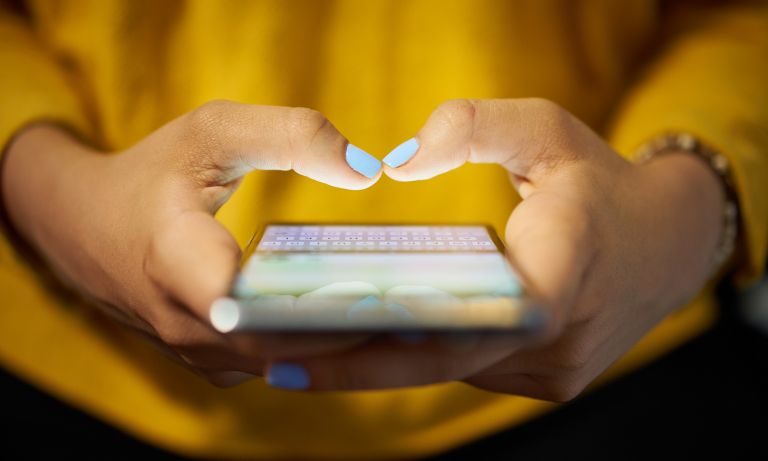Social Media’s Affect on Mental Health
September 28, 2022
In honor of the recent World Suicide Prevention Day (September 10), social media trends of teens have flourished of teenagers sharing their story. Social media is known by many to have a negative impact on teens through the phenomena of cyberbullying and the back-handed images of models. However, many people who suffer[ed] look to social media to share their experiences in order to inspire others in similar situations, while receiving feedback and support from followers. The stigma around mental health notably declined in today’s society, bringing on the question: Can social media benefit a person fighting mental illness?
Year after year, students are taught about the harmful world of social media. Many use social media to watch comical videos, follow their favorite celebrities, or just update their friends on their life. However, there is more going on than what the surface shows. According to the Penn Medicine Lancaster General Health, social media can lead to increased anxiety and depression, spending more time online than with family and friends, comparing yourself to others, being trolled in cyberbullying, and many more. These risky factors can contribute to an unhealthy use of social media.
When asked if social media is a good or bad thing, a senior at Quakertown High school feels “It is bad because people feel like they need to compare themselves to the influencers they see online, and don’t realize that most of the time they are using filters/editing.”
So, it is clear that social media takes a toll on the mental health of many… but can it be used in a positive way?
Many teenagers spend a lot of time on platforms, such as Snapchat, Instagram, and TikTok. Specifically on TikTok, new trends are being created and replicated through the millions of users. Recently, people have been posting videos of a slideshow of images with words that tell how they overcame their mental struggles. The comments are filled with heartfelt messages, support, and even others who relate to the stories.
This isn’t about the celebrities who post countless images of their grandiose vacations with captions that go along the lines of “a much needed break!” The people who really make an impact are true human beings who live average lives and suffer with real mental health disorders.
The same senior from earlier claimed that most people who post about mental health are in the teenager age group, which is also the group that uses social media most. However, not everyone who posts has to be a teenager on TikTok. Other forms of spreading awareness can be reposting a graphic image about mental health, uploading a picture with a detailed caption, or even commenting on another person’s post with supportive words.
This may promote a lot of people to seek help, which is something very hard to do. Strugglers may find comfort or inspiration from what they see on social media, relating to people’s stories. If they see that a person got help and is now very healthy, they might feel more encouraged to reach out for help.
Getting help is something that was not easily done. However, with the spread of awareness throughout social media, the stigma around mental health has drastically decreased. This allows people to be more empathetic to those suffering and want to try to help.
Can social media benefit a person fighting mental illness? Well, the media may be why a person has unhealthy habits to begin with. Regardless, those with a deeper, underlying illness may find solace in the stories and awareness shared all over social media.
If you or anyone you know is struggling, tell someone or please consider these resources for the Quakertown community:
- Student Assistance Program (SAP):
*Suicide Hotline Number: 988



